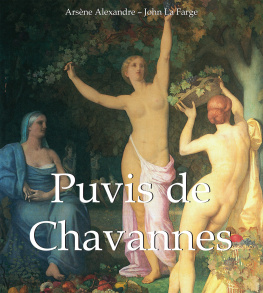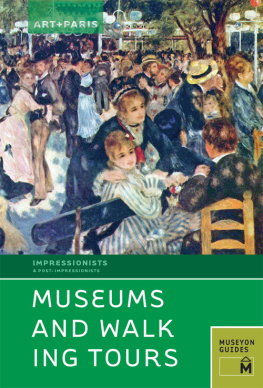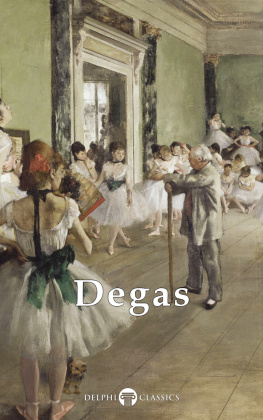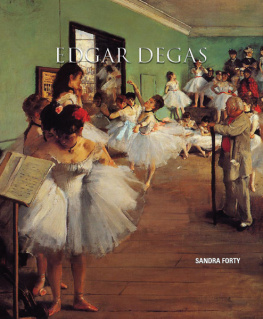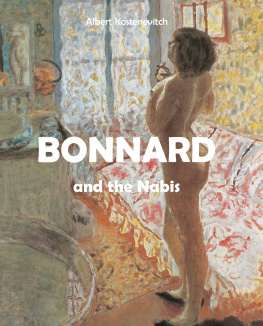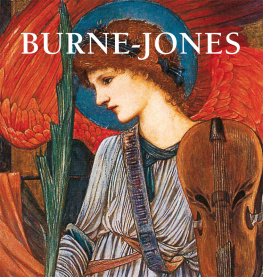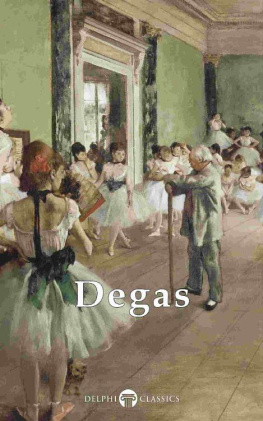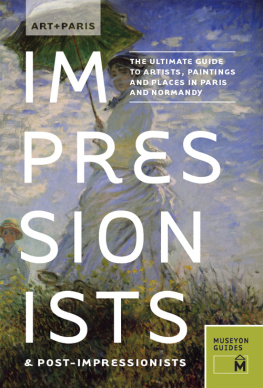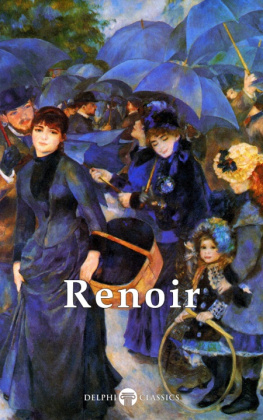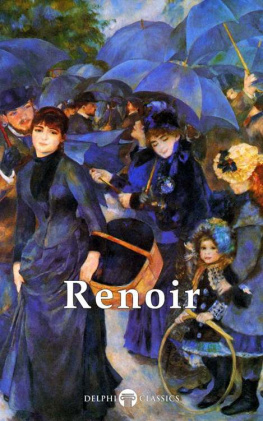Baseline Co. Ltd
All rights reserved.
No part of this publication may be reproduced or adapted without the permission of the copyright holder, throughout the world. Unless otherwise specified, copyright on the works reproduced lies with the respective photographers, artists, heirs or estates. Despite intensive research, it has not always been possible to establish copyright ownership. Where this is the case, we would appreciate notification.
Simplicity means an untrammelled idea. The simplest conception will be found to be the most beautiful.
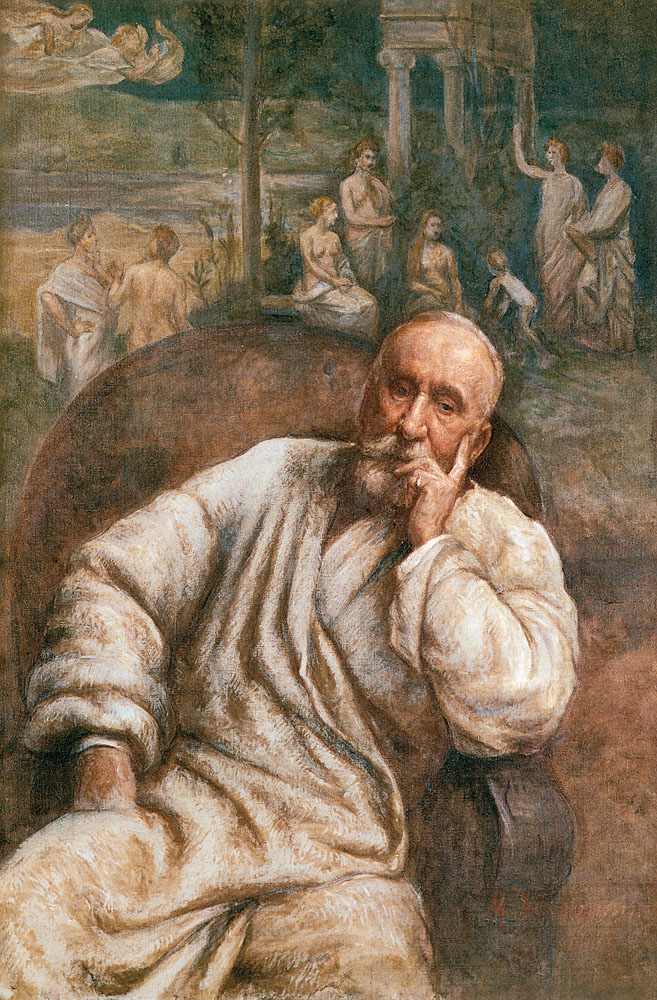
Marcellin Desboutin, Portrait of Pierre Puvis de Chavannes, 1895
Oil on canvas, 120 x 80 cm. Muse de Picardie, Amiens.
Biography
1824:Pierre Ccile Puvis de Chavannes was born on 14 December in Lyon. His father was a mining engineer and wanted his son to join the cole Polytechnique. Puvis de Chavannes attended secondary school at the Saint-Rambert college, Lyon.
1841-1842:He arrives in Paris and begins studying Philosophy and Rhetoric at the Lycee Henri IV.
1843:He prepares for the entrance exam for the cole Polytechnique, but his health forces him to abandon his studies.
1846:He travels to Italy for the first time.
1847:He begins to study painting in the studio of Henry Scheffer.
1848:Second trip to Italy. He studies briefly in the studio of Eugne Delacroix.
1849:He studies for a short time in the studio of Thomas Couture.
1850:He exhibits his first work at the Salon: Piet.
1851-1858:During this period the Salon rejects all of Puvis de Chavannes work.
1852:He begins work in his studio in the Place Pigalle.
1856:He meets Marie Cantacuzne in the studio of the painter Chassriau. They become friends and will marry forty years later.
1859:He exhibits Return from the Hunt at the Salon. He begins to receive attention from critics.
1861:His paintings War and Peace are a success. War is bought by the French state and Puvis offers them the Peace free of charge.
1863:He exhibits Work and Rest at the Salon. The paintings complete the series begun some years earlier. The city of Amiens purchases two of the paintings.
1867:His painting Sleep is exhibited at the Salon. He is commissioned to decorate the Palais Longchamp in Marseille. After this work he creates many large murals for other public buildings in France.
1868:He moves into a second studio in Neuilly.
1869-1884:He successfully exhibits many works at the Salon: Massilia, Greek Colony; Marseille, Gateway to the Orient; Charles Martel, Conqueror of the Saracens; St Genevieve as a Child in Prayer; The Prodigal Son; The Poor Fisherman; Ludus Pro Patria; The Toilette; The Sacred Wood Dear to the Arts and Muses, etc.
1877:Inauguration of the wall decorations made for the Pantheon. He is appointed an Officer of the Legion of Honour.
1887:He exhibits thirteen paintings at the National Academy of Design in New York. A solo exhibition is organised by Durand-Ruel in Paris.
1890:He joins with Jean-Louis-Ernest Meissonier, Carolus-Duran, Flix Bracquemond, Jules Dalou, and Auguste Rodin to reform the Socit Nationale des Beaux-Arts.
1893:Having being asked for two years, Puvis de Chavannes accepts the commission to decorate the Boston library.
1894:Solo exhibitions organised by Durand-Ruel in New York then in Paris.
1897:He marries Princess Marie Cantacuzne.
1898:Puvis de Chavannes dies on 24 October at the age of seventy-four, just months after the death of his wife, and without having had time to complete his final composition for the walls of the Pantheon.

Puvis de Chavannes is known for having painted many decorations that adorn public buildings. His compositions are only a part of a larger oeuvre that includes many paintings, drawings, sketches, and studies which allow us to follow the artistic development of the painter. The path followed by Puvis is not ordinary. His early paintings bear the marks of his direct influences, his first teachers. Then, little by little, he develops his own technique; shapes soften, and the colours he uses become more sober.
Our purpose here is to present the artist through two distinct but complementary approaches. First we discover the artist and his creative journey in his most intimate surroundings; his studio. Then, we will take a step back and consider the ideas that shaped his work, his particular artistic process, as well as critiques that his techniques and work received.
Life and Work by Arsne Alexandre
As the remarkable personality of Puvis de Chavannes recedes into a remote past, which already seems as though it could be measured by centuries, the artists glory, pure and serene, shines forth brighter and brighter. His genius appears upon the horizon of art like a mountain peak towering above the clouds and mist.
Those who were fortunate in his acquaintance experience the strange illusion of having enjoyed the friendship of a man who belonged to another epoch. We have known intimately several great artists, and have seen them pass away. Not one of them has left behind an impression of the same nature. We regretted them as men of our own time. In a sense they were comrades of a superior grade, but on the same human plane as ourselves. Puvis de Chavannes has left a more radiant image. A sage or poet of ancient Greece, a great genius of the Renaissance, would have dazzled our memories with a similar recollection, if, by the aid of Mr Wells Time Machine, we could have seen him and thus profited directly by his lofty and eloquent teaching.
Once again we meet Puvis de Chavannes in his studio in the Place Pigalle. Here he received his friends every morning before nine oclock. Sometimes he was to be found seated, wrapped up in a large brown dressing gown. Often he was finishing his toilet, walking up and down the vast studio, in which we were, into a little adjacent bedroom. He chatted with the utmost gaiety, and without a trace of that air of superiority which successful artists so often assume. He never uttered those pretentious and empty aphorisms, those pontifical oracles, which flatterers and cringing pupils are always so ready to admire and to repeat. But what he said was marked by simplicity and good sense. As chance directed, lofty sentiments were alternated or mixed with playfulness. He welcomed all who entered with a delightful charm, and a nobility of manner, harmoniously serene. Moreover, although the company was mixed, every visitor, even the humble and unfortunate, possessed some claim to interest and consideration. One met former comrades of the master, old and unknown painters who had perhaps enjoyed their little hour of success, but who had now come to chat about the past without bitterness. One also saw men quite young. Amongst them poets, bringing a volume of verse in homage to the master or some work of transcendent criticism, which he received with thanks, placed upon an immense table covered with all sorts of pamphlets and sketches and never read. The author knew that before. But it was a pleasure to have brought the work and to have seen it placed upon the famous table. At times, beginners, both men and women, brought sketches and dared to consult the master. These drawings were generally very bad. Puvis de Chavannes paid compliments which ought to have enlightened these timid but rash people. If they did not understand, it was because any lesson would have been lost upon them. Chavannes was extremely subtle, and it required an alert intelligence to catch all his hidden meanings. Beneath aristocratic manners and urbane speech, irony was concealed. When one understood him, he became either a deliciously mordant satirist, or else a really strong and useful adviser. One day, after a visit of this kind, he explained to us why he did not like to appear disagreeable, or to be brutally frank in his opinions. It is the custom to pay compliments, he said. What good does it do to give these people pain? But when one does not mean the compliment that one pays the fact should be evident, and that is all that is required.

